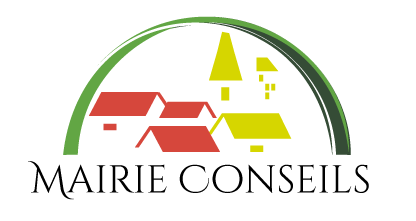• A border market
• A communal forest
• Touristic sites
• Soils: dominant soil type is the sandy-clay ferruginous soils or laterite soil, which is favorable for the cultivation of a variety of agricultural crops. Other soils types include the tropical black earth soil, clay soil, littered around river banks and springs and chalky soil enriched with calcium. The clay soils are used for the manufacture of clay jars and pots, while the chalky soil types are very useful as white wash for houses.
• Flora: forest-savannah zone covered with shrubs, characterized by patches of forest in the low lands with the Mbembe forest reserve as a dominant vegetative feature. It is endowed with economic timber. Some tree species in the Mbembe forest reserved include Iroko, Mahogany, Dibetou, Teak, Sapele, Tattan, Castor oil, Mango, Peineapple, Plum, Bannanas, Oranges, Passion fruit and natural palms.
• Fauna: the Mbembe forest and rivers within the Sub – Division are inhabited by many reptile species, amongst which are Nile crocodile, bell’s hinged back tortoise, rock python, royal python, slender or graceful chameleon, Nile monitor lizard and forest monitor lizard. Other animal species include: Monkeys, squirrels, Buffaloes, antelopes, rat mules, wild dogs and bush pigs. Some species of birds include: Green – Breated bus Shrinke, Banded wattle eye, Black crown crane and the Africa grass owl.
• Mineral resources: Laterite, Gravel
Health: inadequate health care, due to inadequate infrastructure and equipment and shortage of quality drugs.
• Environment and nature protection: environmental degradation due to poor framing practices.
• Women empowerment and family: no women initiatives due to no centers for information.
• Water and energy: inadequate supply of water and insufficient energy coverage due to lack of finances.
• Education: low performance, inaccessibility to school, and lack of higher institutions, due to lack of funds and staff.
• Public works: bad and insufficient road network, due to limited financial sources and no maintenance of the roads.
• East: Nwa
• North: the Federal Republic of Nigeria
• South: Nkambe Council area
• West: Furu -Awa (Menchum Division) and Misaje.
• Cash crop production: a lot of cocoa is produced in this sub Division but licensed buyers from Nigeria carry out the marketing on the field. Cocoa, coffee and palm oil are sold the Nigerians. Other crops produced are; maize, beans, rice, oil palms, groundnuts, tubers, vegetable, and fruits.
• Livestock: subsistence rearing of animals stand at 53.01%. The cane rat is the dominant animal that is reared here.
• Commerce: sales of food stuff and petty trading. Being located at the Cameroon-Nigerian border gives advantage to villagers trading internationally, with the presence of the Ako border market.
• Craftsmanship: produce of baskets, cane chairs from rattan harvested from the forest, drums mortars from wood, local shield, and canoes for the transportation across rivers, cloth from backs of trees, rattles and climbers for climbing palms trees. It is the source of income to the local population.
• Others include: small medium size enterprises, services from organizations, mining, bee farming, hunting and fishing.
• Climate: Ako Sub Division has two distinct seasons: The rainy and dry seasons. Mean temperatures are usually very high (approximately 35 decree centigrade).
• Relief: characterized by high plateau, steep slopes, deep valleys and low lands. The landscape descends very abruptly into the low lying plains from Berabe to Ako in between hills and mountains of the reserve to the Donga basin constituting the Northern part of the reserve. The South Western part of the Mbembe reserve is hilly with the Eastern part essentially a mountainous ridge with several peaks.
• Hydrology: endowed with numerous rivers, lakes, springs and waterfalls. The Akong and Athorou rivers, Chwachwa, Seathoro, Ngoakwe, Eny, Ekoroh and Seakong waterfalls and Lake Kwebera in Ako village and Lake Nyiroagbeeso in Assa village.
